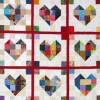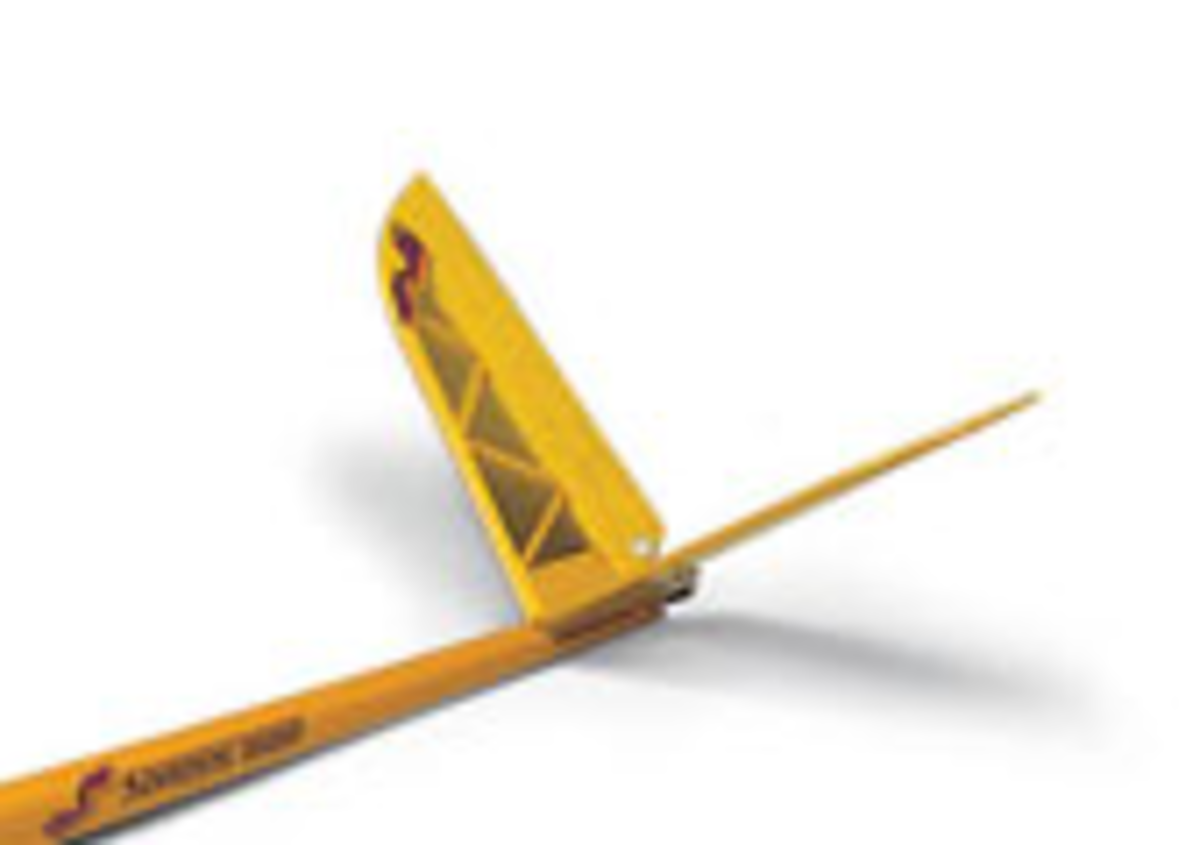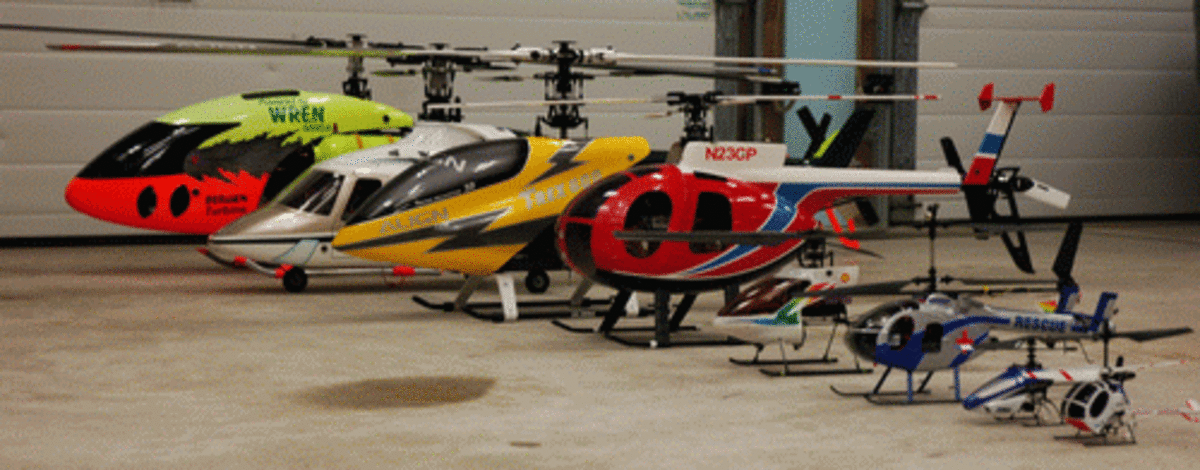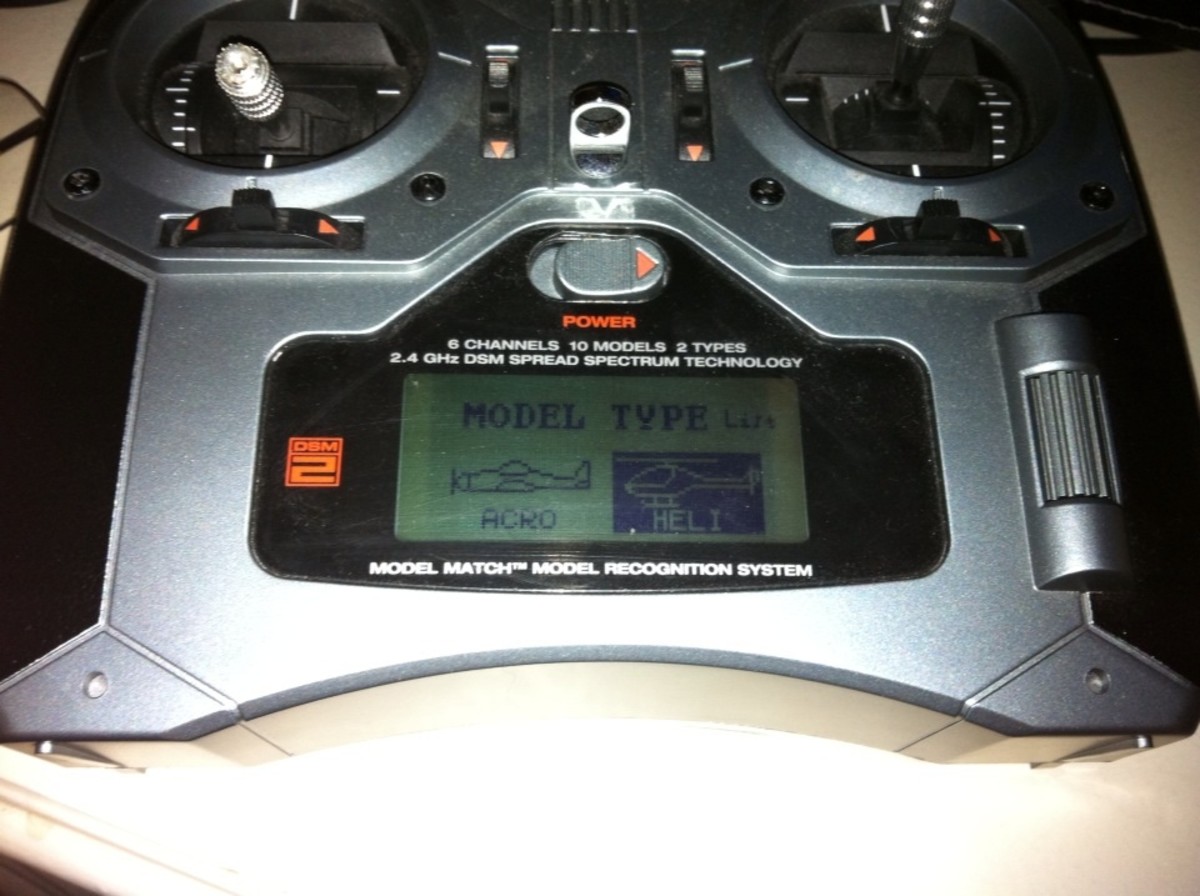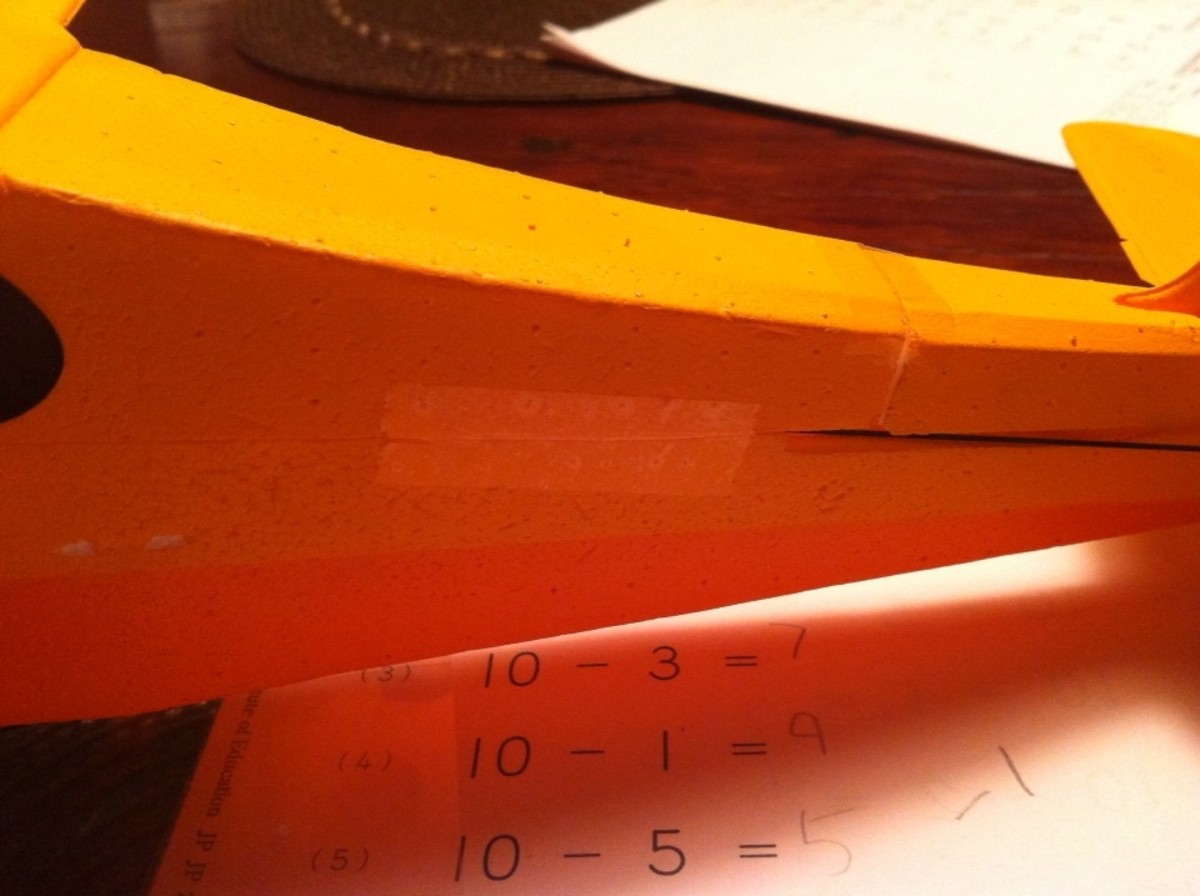The Best RC Planes for Beginners - Radio Control Airplanes for Beginning Flyers
Who hasn't dreamed of flying radio controlled planes in a huge field with the sun coming up and your friends and family watching you perform tight barrel rolls, dramatic loops and inverted low passes?
Flying RC airplanes is a hobby that is just as much fun when you are 70 as when you are 7. I love to take the family out to fly around with other hobbyists. It is easy to participate, inexpensive to buy, and will make memories for a lifetime!
If you know what to look for, your first plane will be fun and rewarding. Please read on for a list of the best RC planes for beginners.

Simulator
So, there is an alternative to learning to fly out on an RC flying field or local park. RC Flight Simulators will teach you the skills you need to keep a plane in the air and how to land it without causing mayhem.
I recommend Phoenix Flight Simulator, but Great Planes, and Aerofly are also strong contenders. I chose Phoenix because I already had an RC transmitter and it plugged right in to the computer. That is the same transmitter I would use in the field.
In hindsight, I should have given Aerofly a much closer look. Not only will it run in a native Mac environment (I don't need to load Windows on my Mac), but it has a full size plane simulator that can be bundled with the RC airplane software.
Regardless, it is much less expensive to crash a plane in the software than out in the field. Even after I learned to fly, I kept practicing on the simulator to try more challenging planes and better flying patterns. It is well worth the investment.
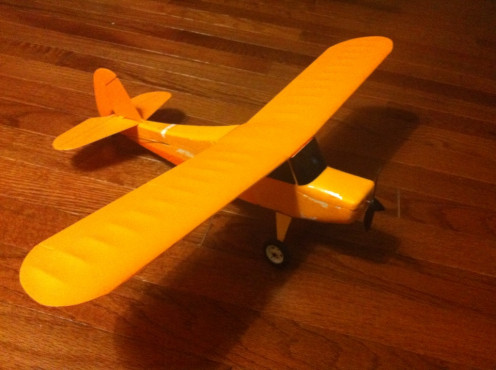
Recommended Planes
Before I give you my recommendations, I wanted to explain the characteristics you should look for in a plane that is appropriate for beginners.
Three Channels: RC planes will either come in three or four channels. A three channel plane has controls for the rudder (turn the plane left and right), the elevator (move the plane up or down) and the throttle (how fast or slow you want to move the airplane). This is much easier to control than a four channel plane, which has the first three channels and a fourth channel for ailerons (rotate the plane along its main axis). Aerobatic planes and more advanced models will use four channels, but those are not typically suited for beginners.
Durability: I absolutely, positively guarantee that you will crash. It happens to everyone. A good beginner plane will be tough to minimize the damage. It should be repairable with glue, tape or even a replacement part. Typically, that means the plane will be made from foam. Your hobby shop will most likely carry replacement parts, but if they don't they can order them for you.
Cost: I hate to get sucked into a hobby where I have to spend thousands of dollars in order to see how much I like it. The starter planes should be inexpensive. There is no need to spend $500 or $5,000 on a plane when you are just starting out. Most of these planes are around $100. Replacement parts are reasonable as well. I paid around $12 for a replacement wing on one of my planes.
Upgrades: On the flip side, I don't want to spend the bare minimum on a plane only to find out that I am limited in what I can do with it. If you like the hobby (and let's be honest - what's not to like?) then you will want to fly in the snow and add skis or on a lake with pontoons. You shouldn't need to buy a completely new plane just to experience that fun.
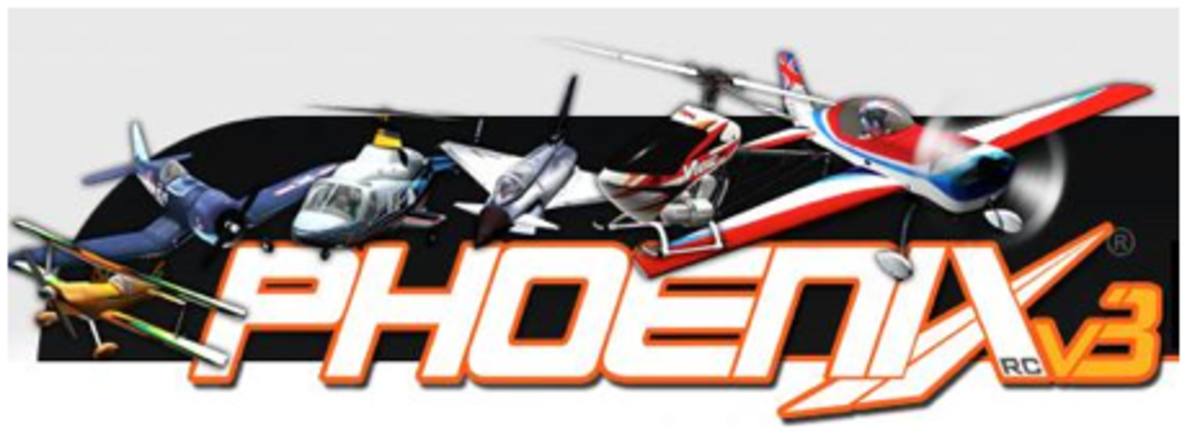

Local RC Flying Club
I have several RC clubs near my house and each of them has a training program for new fliers. The instructor will meet you at a field and "buddy box" you. What that means is that he will connect his transmitter to yours. As you fly the plane, if it appears you are about to enter into a death-spiral, the instructor will take over, fix the situation in the air, and turn control back over to the new flier.
Having a coach help you through every step of the way is a winning combination!
Hobbyzone Super Cub
I was given the Super Cub as a Christmas gift. It didn't take long to rip the wrapping paper off and assemble the plane. It is the largest of the three channel planes shown. As a result, it flies much better in slightly windy conditions than any other plane shown. It is heavy enough that a slight breeze doesn't jostle it at all! On the flip side, because it is heavier, I found that when I crashed it, it usually required a minor repair.
The foam is easily repairable with foam-safe CA glue. and it doesn't take too long before it is up and flying again.
This is a very popular plane and if you break a part beyond repair, your local hobby shop or Amazon will carry the replacement.
The drawback to this plane is that it takes a bit longer to set up. The wing must be secured to the body after the battery is installed using rubber bands. It is not hard, but I find that I lose those rubber bands way too often!
The benefit is that the extra weight allows you to fly in a breeze where the other models shown do best in no wind. Of course, this airplane doesn't turn as quickly and you really do need a bigger field to fly it.

Hobbyzone Champ
Hands down, the Hobbyzone Champ is my favorite RC plane for new fliers. It is the perfect combination of rugged construction, light weight, and easy of flight. This was the plane that my son and I learned on, and after a couple of faulty starts, we were up in the sky and flying in circles.
This orange beauty is very popular and can be fitted with homemade skis for flying in the snow, pontoons for landing in water, and can even have lights added (just because they are cool!)
After flying for a few months, I upgraded the motor which added a bit more speed to the plane. It was a very quick job and was inexpensive.
The only time I broke the plane was when I accidentally flew it at full throttle straight into the ground. Don't ask...it wasn't a pretty site!. The wing snapped in half which required a quick purchase from Amazon. A couple of days later, the wing arrived and it was a cinch to add. In just a few minutes, I was back out flying.
I cannot think of a drawback to this model, except that it does react to the wind a bit more than I hoped. It is much more stable in the breeze than a Night Vapor, but it does bounce around in gusts.

Parkzone Night Vapor
The Night Vapor is the only plane listed that you can fly indoors. Granted, you need a very big room, but it can be done. I don't recommend it for new flyers as I can almost guarantee it will crash into an expensive heirloom no matter how careful you were!
This plane is very light and flies slowly. That helps new fliers react to changes in the plane's flight path and accommodates the over-reacting moves that most new fliers make.
Because it is light and slow, it is hard to build up momentum that will cause too much damage to the plane.
The downside of this plane is that it is very sensitive to the wind. It is so light, that the slightest breeze will make flying and controlling this plane a bit of challenge. A lot of people fly these in local gymnasiums or even in high school auditoriums. Your local hobby shop or RC club will have information on events like that. In our area, a nearby middle school lets the RC club fly their airplanes in the gym twice a month. It is a lot of fun when you see several planes flying at once!

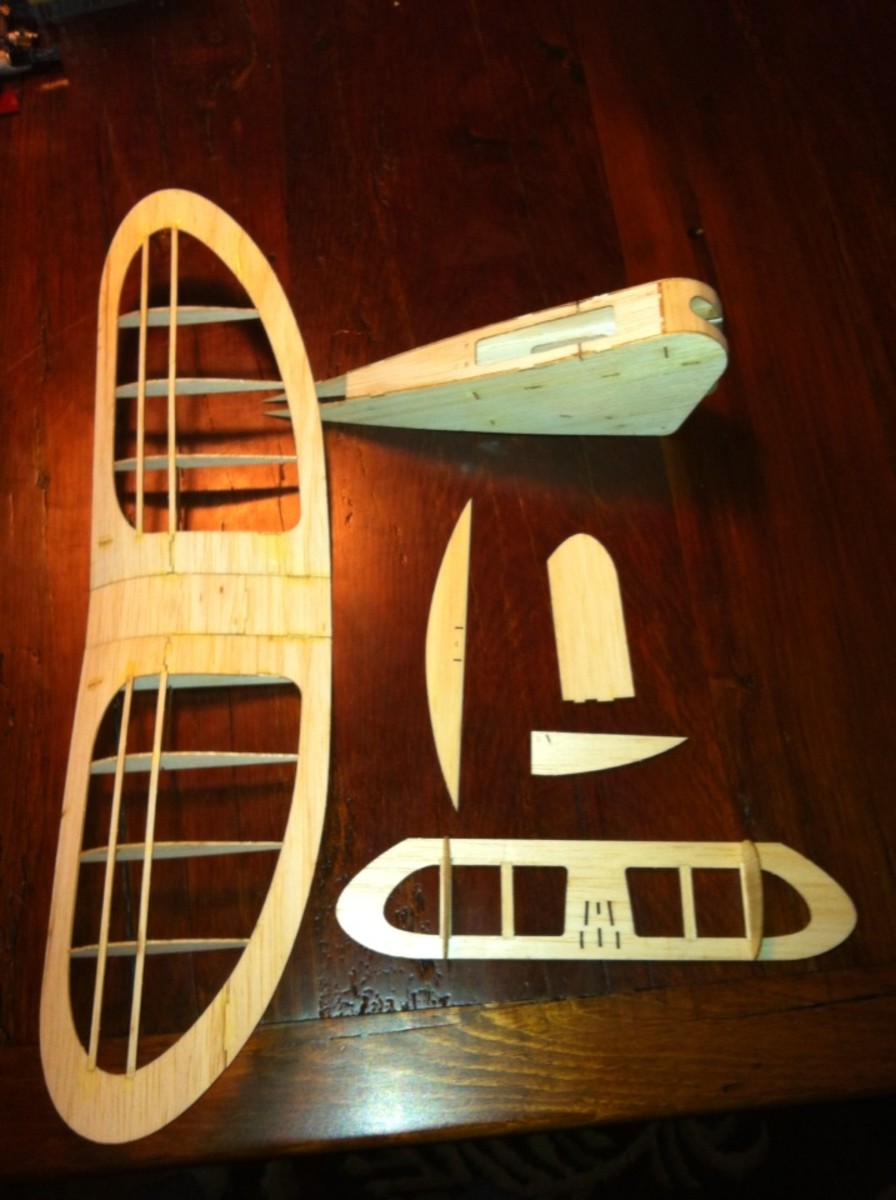
Stevens Aero Puddlebug
The Puddlebug is great cartoon-scale plane from Stevens Aero. It comes as laser-cut balsa sheets that are simple to assemble and glue.
This is a very slow flying plane that is great for a small park or baseball diamond. It does take a bit more skill to put this together, mount the ESC, motor and propellor and bind it to a transmitter, but is easy to do.
There are a couple of drawbacks to using this as a first plane. Because it is made of balsa, and it came in a kit, any repairs will need to be made using scrap wood from your local hobby shop. It is not difficult for most folks, but it is not nearly as easy as repairing other planes.
On the plus side, nothing beats flying a plane that you built. I love the look of the exposed wood and flying it makes me feel very nostalgic.
It is a three channel plane and is very forgiving.
